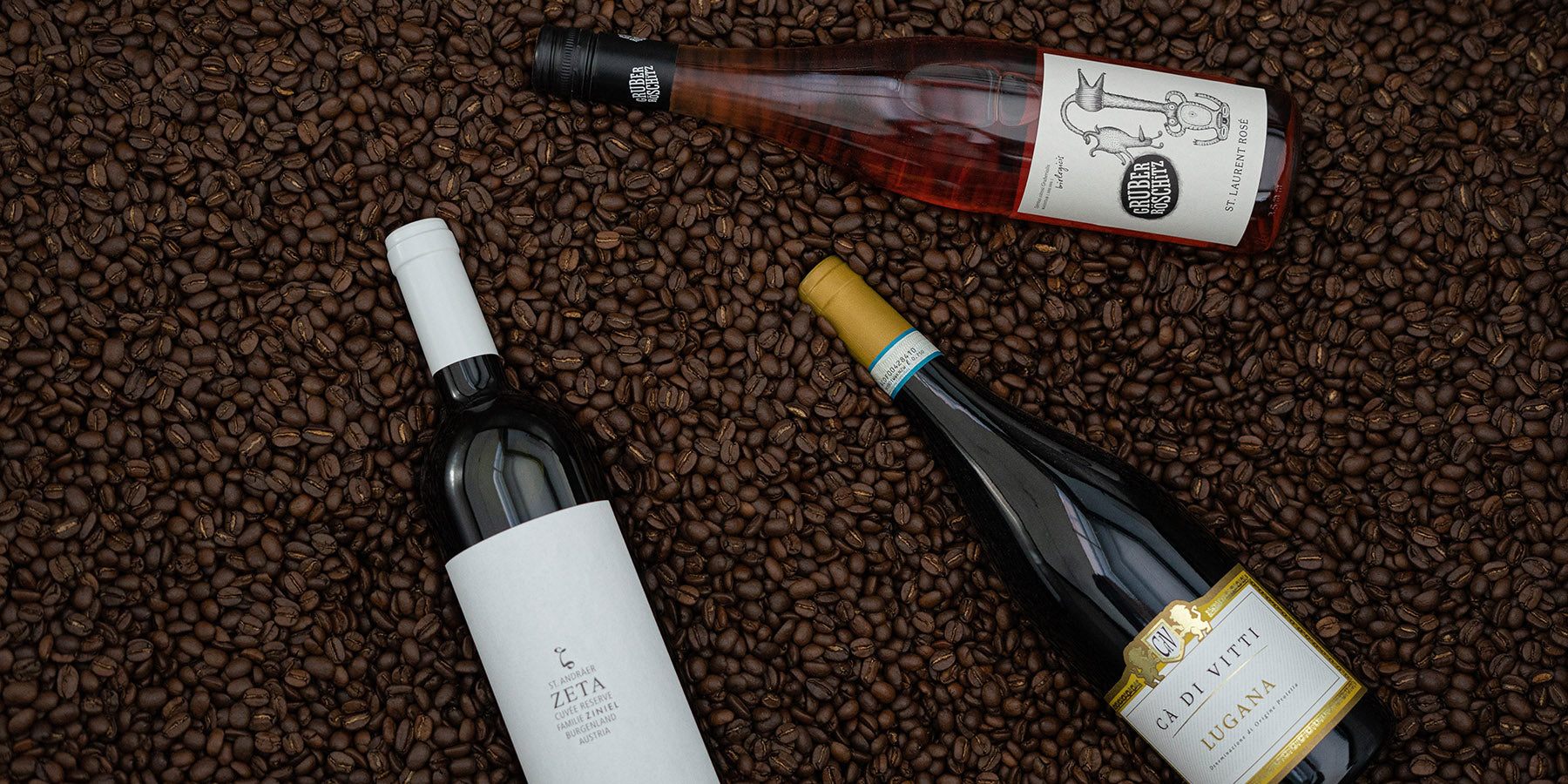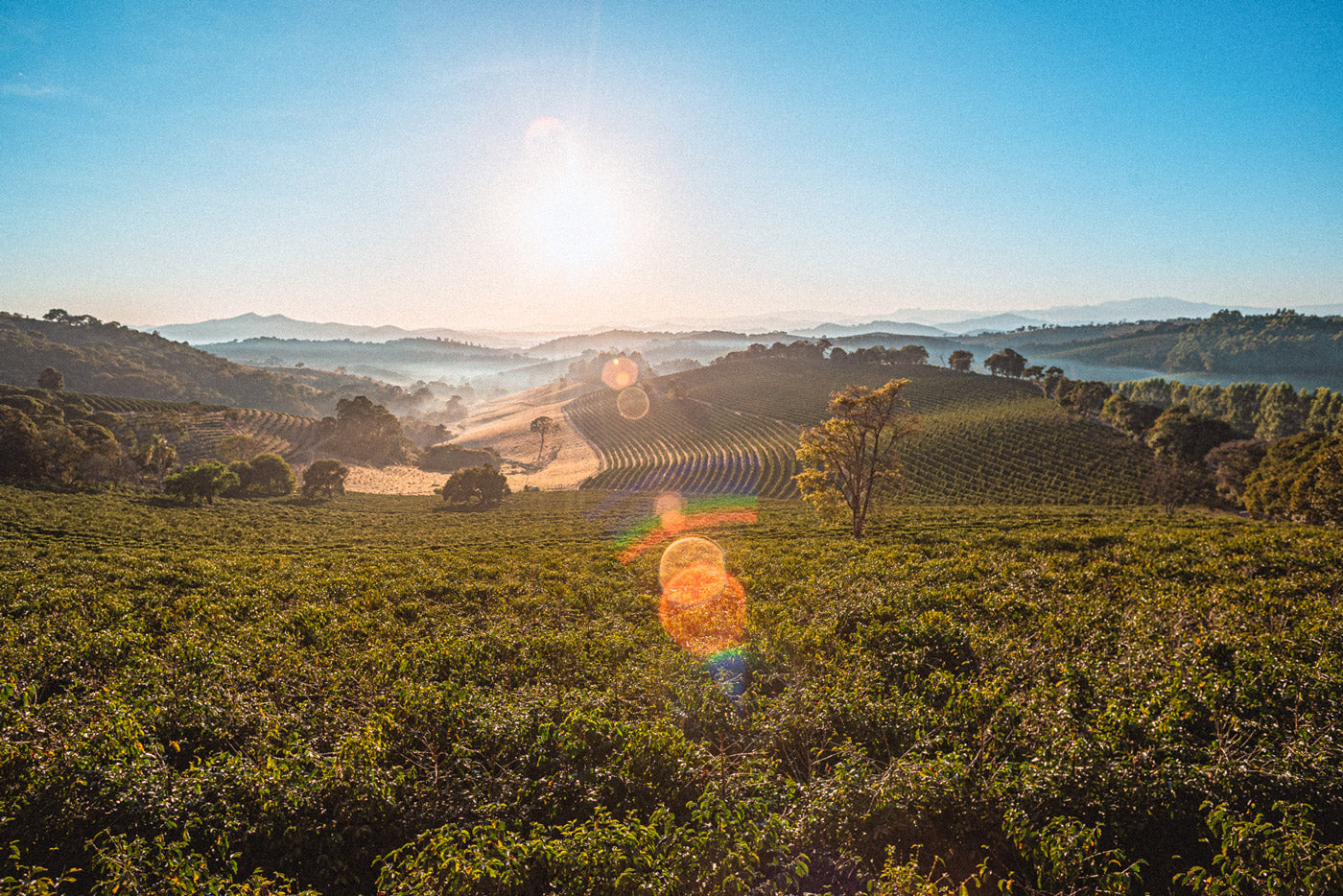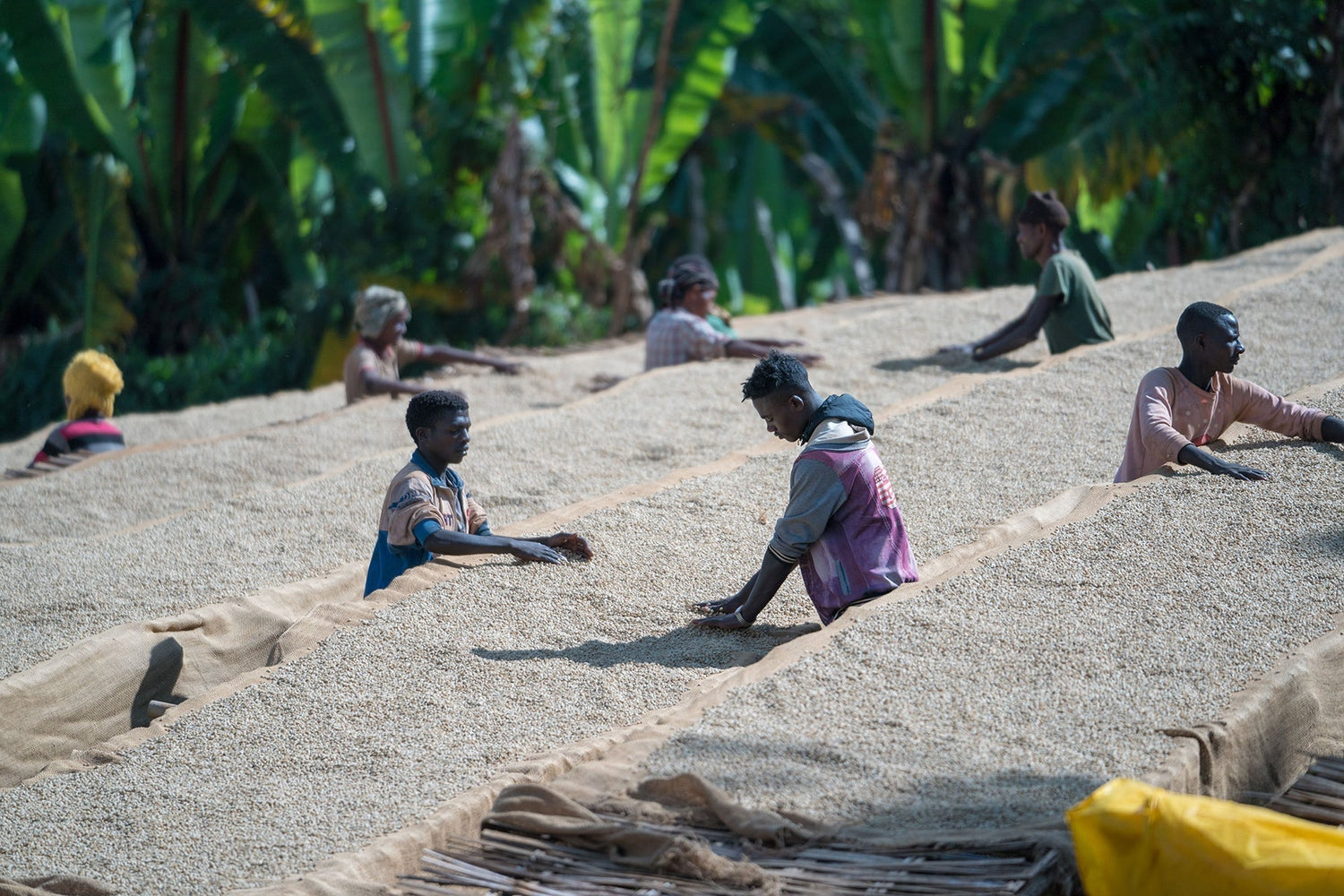For most people, the first thing they do when they wake up is sip a cup of coffee. The smell of freshly brewed coffee puts you in a good mood. Hardly anyone can resist it.
And the invigorating effect of caffeine has long been a gentle everyday drug, giving you a little energy boost in the morning or during the day. For others, it is a ritual to enjoy a glass of wine with a good meal or on the sofa and to end the day in a relaxed and enjoyable way . Both drinks have become an indispensable part of our lives and enrich our pleasure-seeking lifestyle in their own unique way.
The terroir of coffee and wine - origin is a commitment
In both cases, what used to be luxury goods have long since become mass products . There are a ton of quality differences and there is something to suit every budget. The price differences naturally have a lot to do with quality. And the more pure the coffee and wine, the more expensive they become. If a wine comes from a very specific winery, from a very specific location, it makes a huge difference in taste to mixed wines from a cooperative.
The same applies to coffee. Only when a special variety or a deliberately selected blend is used in a coffee roast can the flavor profiles typical of a region and variety come to the fore. Coffee comes in many varieties and is grown in very different parts of the world. The particular variety and its ability to grow well under certain conditions have a major influence on the aroma and flavor profile of the coffee. Certain coffee varieties, just like grape varieties, thrive particularly well in certain regions. The type of soil in which the coffee plants grow, the amount of sunlight and other climatic elements all play a role in the development of coffee aromas.

Coffee and wine - aroma and taste development
Just like wine, coffee from a particular region has a unique, diverse bouquet of aromas that are specific to its variety and terroir. Of course, the type of roasting also plays an enormous role in the development of the coffee's flavor. The decisions made during roasting can be compared to those in the cellar that influence the end result of a wine. Roasting requires a great deal of sensitivity in order to tease out the characteristics typical of the country of origin.

Coffee and wine - a comparison
If you compare coffee and wine from the ground up, the first thing to note is that they are both agricultural and natural products . They are both the result of the constitution of the plant, the care taken in harvesting and further processing, and the processes that ultimately lead to the products we enjoy consuming. For coffee and wine, good quality depends on their fruit being picked at the perfect time of harvest. To achieve high quality, not only is the harvest carried out until the grapes or coffee cherries are fully ripe, but care is also taken during the harvest itself to ensure that only the really ripe fruit is taken. No unripe or overripe fruit should go into the "harvest basket" . If this does happen, it is sifted out again afterwards so that in the end only the ideal condition is processed.
It is also important to process the harvest quickly and carefully . Both coffee cherries and grapes begin to show signs of decay as soon as they are removed from their carrier plant. Decomposition and fermentation processes set in. In order to avoid any off-flavors in the finished product , the next steps must be carried out quickly. Here too, if the work is carried out carefully, the grapes are continually sorted and bad harvests are discarded.

Coffee and wine - more maturity for more taste
What wine and coffee also have in common is that they go through a fermentation process before they become what we enjoy so much. As with many foods, fermentation is what creates the desired notes that characterize a product. A form of maturation is obvious in wine, but also important for coffee. Just as wine has to mature in barrels or tanks, coffee beans also have to mature by drying and reach a maximum level of moisture before they can finally be packed in coffee bags.
Both drinks have a long history. The way they are consumed is subject to trends and changes. The basic product, however, has remained the same, even if production processes have improved and become simpler. It must also be said that high-quality wines and specialty coffees often go back to the origins of production. They make life more difficult for themselves for the sake of quality by relying more on their own manual work and ignoring machines. Even beautifying agents that were originally intended to make things easier are not used by quality-conscious winemakers and coffee farmers in order to achieve better, natural quality.
Wine and coffee can be identified by variety and origin. And both use many similar terms to describe the aromas and flavors. The aroma dictionary of coffee, Le Nez du Café, is based on that for wine, Le Nez du Vin. These are collections of the most typical aromas found in coffees and wines around the world. They relate to aroma and taste , to the perception of the nose and tongue. Another thing they have in common is their importance for storage. They can be best preserved until consumption if certain rules for storing them are followed. Coffee should be stored in a cool, dark place, away from oxygen. Wine also likes it cool, dark, and without major temperature fluctuations.
coffee and wine -
the role of the consumer
Interestingly, despite all these similarities, there is one crucial difference that only becomes apparent at the very end. Unfortunately, once coffee has reached the consumer, a lot can go wrong. Wine, on the other hand, is much more lenient. Apart from incorrect storage of very valuable wines, not much can go wrong with wine. Wine is uncorked, possibly decanted or not, and then poured into the glass. OK, choosing the perfect glass for each type of wine is perhaps another point that consumers can optimize. The right temperature can also get a lot more or less out of a sip. But on the whole, that's it. Because the product wine is ready to be enjoyed in the bottle.
Speaking of which: Take a look at the Wein Danke shop here and pick something to enjoy.
With coffee, however, there are still a few stumbling blocks on the way from the bean to the brewed drink that consumers can influence positively or negatively. Grinding level, water quality, water temperature, brewing method, length of the brewing process... so many variables depend on the consumer. And unlike wine, which often improves with age, coffee has a short shelf life. Ideally, it should be consumed as quickly as possible.
In addition, wine production is spread across many more different regions. Many wine lovers have winemakers nearby or have already been to a winery. The countries and regions in which coffee can be grown are limited and, at least from a European perspective, far away. Very few people have a connection to the local farmers. The coffee is often on the road for weeks before it arrives in the consumer country and can be further refined, i.e. roasted. This makes it all the more important to ensure that coffee is absolutely fresh. This changes the taste significantly and ensures much more enjoyment.
Take a look in our shop – we always have super fresh coffee on offer.



